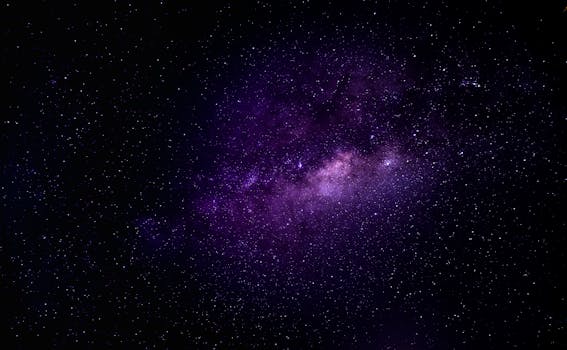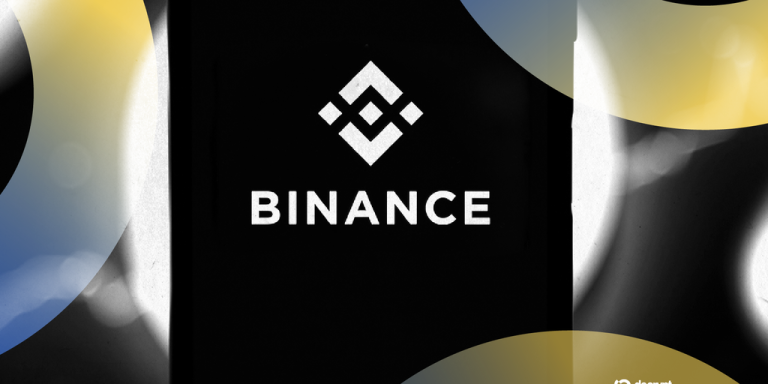
“
Beyond the Milky Way: Imagining New Worlds and Possibilities
Beyond the Milky Way: Imagining New Worlds and Possibilities has always been a topic of fascination for humanity. The universe is vast and full of mysteries waiting to be unraveled. From the intricacies of black holes to the potential for life on other planets, the cosmos is a never-ending source of wonder and discovery.
The Wonders of the Milky Way
Our home galaxy, the Milky Way, is a spiral galaxy comprising hundreds of billions of stars, gas, and dust. It is estimated to be about 100,000 light-years in diameter and is thought to contain between 200 and 400 billion stars. The Milky Way is also home to various types of interstellar gas and dust, which are the raw materials for star formation.
One of the most striking features of the Milky Way is its central bulge, which contains a supermassive black hole with a mass of approximately four million times that of the sun. This black hole, known as Sagittarius A* (Sgr A*), is the center of the Milky Way and plays a crucial role in the galaxy’s evolution and structure.
Exploring the Cosmos Beyond the Milky Way
As we venture beyond the Milky Way, we enter a vast expanse of intergalactic space filled with countless galaxies, each with its unique characteristics and features. The universe is estimated to contain over 100 billion galaxies, ranging in size, shape, and composition. For more on the imaginative aspects of galaxies, check out our post on Galaxies of Dreams: How Imagination Transcends the Night Sky.
Some of the nearest galaxies to the Milky Way include Andromeda, Triangulum, and the Large Magellanic Cloud. These galaxies are part of the Local Group, a small cluster of galaxies that are gravitationally bound together. Beyond the Local Group lies the vast expanse of the cosmic web, a network of galaxy filaments and voids that stretches across the universe.
The Search for Life Beyond the Milky Way
The search for life beyond the Milky Way is an active area of research, with scientists using a variety of methods to detect biosignatures in the atmospheres of exoplanets. One of the most promising approaches is the transit method, which involves measuring the decrease in brightness of a star as a planet passes in front of it. For insights into the possibilities of life in the universe, explore From Stardust to Dreams: Imagining Life Beyond the Stars.
Other methods include the radial velocity method, which involves measuring the star’s wobble caused by the gravitational pull of an orbiting planet, and the direct imaging method, which involves capturing images of the planet directly using powerful telescopes and advanced imaging techniques.
Takeaways
- The universe is vast and full of mysteries waiting to be unraveled.
- The Milky Way is a spiral galaxy comprising hundreds of billions of stars, gas, and dust.
- The search for life beyond the Milky Way is an active area of research, with scientists using a variety of methods to detect biosignatures in the atmospheres of exoplanets.
- The cosmos is a never-ending source of wonder and discovery, with new discoveries and advancements in technology continually expanding our understanding of the universe.






